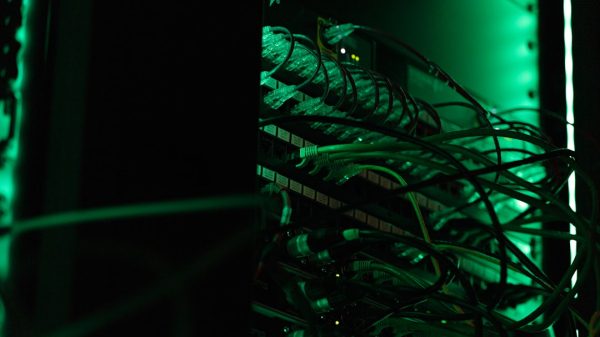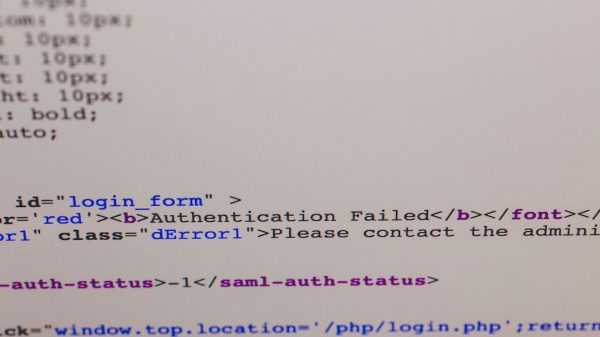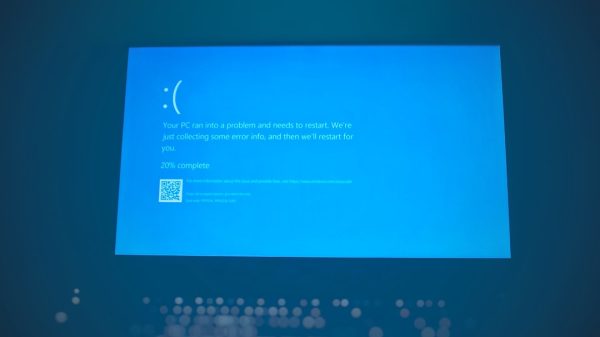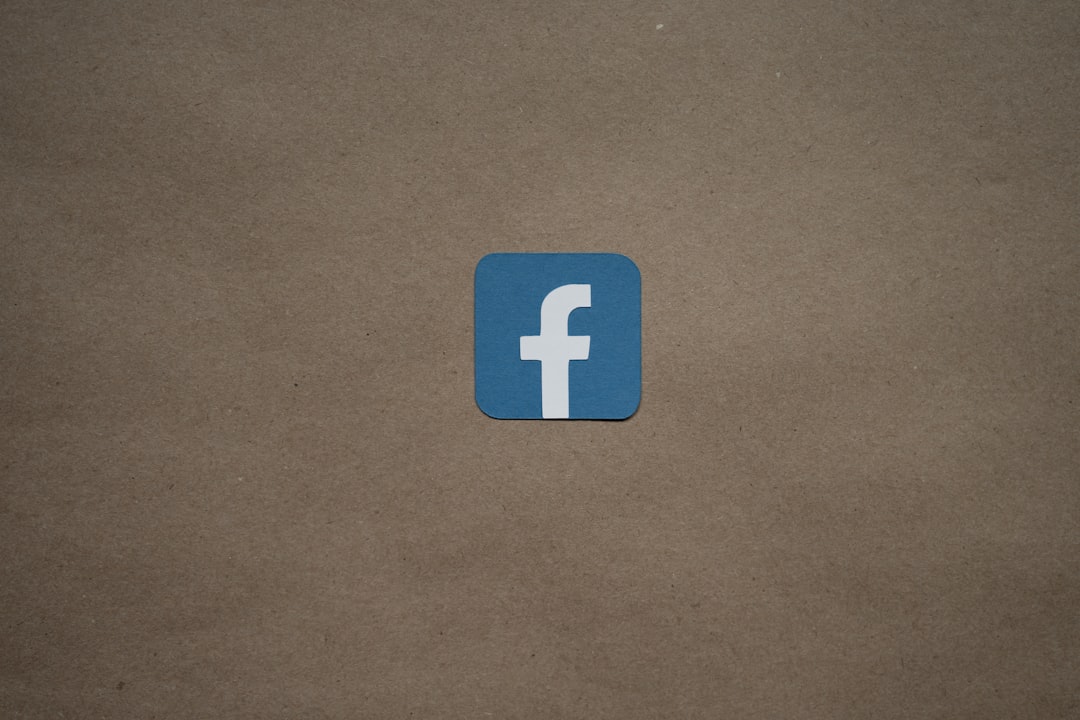In both education and professional settings, the sharing of content from Facebook via screenshots has become a common practice. Lecturers may capture comments for teaching materials, students might reference discussions for projects, and employees often document conversations or posts for evidence or review. However, this seemingly harmless act raises several questions about consent, privacy, and ethical communication. More importantly, it leads us to consider alternatives that are not only more respectful but also more efficient—such as shared documents designed specifically for collaboration and transparency.
The Appeal of Facebook Screenshots
Screenshots offer a quick method to capture and disseminate information. This ease can be both a strength and a liability. In professional or academic environments, people commonly:
- Snap a screenshot of a Facebook group conversation for archiving or reporting.
- Use screenshots as visual aids during presentations or lectures.
- Share screenshots with others to highlight behavior, opinions, or decisions.
Despite these practical uses, screenshots may bypass ethical considerations. Even public posts contain the author’s identity, viewpoints, and possibly sensitive context that may be lost—or manipulated—when removed from their original environment.

Issues of Consent and Privacy
At the core of the debate is the concept of informed consent. Just because someone shares something on Facebook doesn’t mean they’ve agreed for that content to be copied and passed around. Notifying someone that you’re using their post—and ideally, getting their permission—aligns better with ethical communication standards. Especially in academic papers or institutional reports, this becomes a critical concern.
Consider the following risks:
- Out-of-context reproduction: A screenshot can be presented in a misleading way, altering its original meaning.
- Permanent documentation: A moment intended for a temporary discussion may end up in a permanent archive.
- Violation of Facebook’s terms: Screenshots of private groups or conversations may breach platform policies or legal regulations.
For example, university policies often require written consent before any student’s work or opinions are used in educational materials. Using screenshots without such consent could inadvertently break institutional rules, leading to repercussions for both the individual and the institution.
Case Studies in Misuse
Let’s look at a hypothetical scenario: A teacher finds a discussion in a private Facebook group relevant to a classroom topic. They screenshot a few comments—names visible—and present them during a lecture. A student recognizes one of the names and informs the original commenter. The result? A formal complaint alleging privacy invasion and misuse of content.
In workplaces, tensions can emerge if screenshots are used to “document” someone’s perceived misconduct. Even if intended for accountability, this practice can foster an atmosphere of surveillance and mistrust rather than open communication.

Why Shared Docs Are a Better Alternative
Looking for alternatives to Facebook screenshots brings us to one clear option: collaborative, shared documents. Tools like Google Docs, Microsoft OneNote, or Notion enable real-time collaboration, commenting, and version control—features that outperform static screenshots in multiple dimensions.
Shared documents offer:
- Consent mechanisms: Collaborators explicitly join or are invited to the document, which implies awareness of how the content is used.
- Live editing and feedback: Unlike screenshots, which capture a single moment, these tools reflect the evolution of ideas dynamically.
- Easier referencing: Instead of copying content, you can link directly to sections, attribute text, and maintain citation standards.
- Centralized storage: With everything in one place, it becomes easier to track changes, search for information, and maintain a clear narrative.
For educators and professionals alike, shared documents allow for more respectful, transparent, and collaborative workflows. They also enable your team to avoid unnecessary ethical grey areas that screenshots often bring up.
Implementing Ethical Content Sharing Policies
Companies and educational institutions can adopt internal content-sharing policies to reduce the misuse of screenshots. These policies should define:
- When screenshots are appropriate and when they’re not.
- How to obtain and document informed consent.
- Acceptable platforms and formats for documentation and collaboration.
- Alternatives, such as anonymizing content or summarizing without copying directly.
Here’s a simple example of a content-sharing policy guideline:
“All shared content used for internal or external purposes must have the author’s consent, especially when sourced from private or semi-private online conversations. Consider using collaborative documents with contribution logs to maintain transparency and clarity.”
By formalizing these expectations, organizations encourage ethical behavior while avoiding legal risks and interpersonal friction.
Digital Literacy: A Central Piece
Ultimately, the conversation about Facebook screenshots, consent, and shared documents is part of a larger push toward digital literacy. Today’s students and employees must learn how to navigate digital communication ethically and effectively. Screenshots are tempting shortcuts for eye-catching visuals or quick grabs, but this tool must be balanced with responsibility.
Educators can play a key role by incorporating lessons on:
- Digital consent — understanding when and how to ask permission.
- Media manipulation — recognizing how screenshots can distort reality.
- Alternative tools for collaboration — introducing students to platforms where they can share ideas constructively.
Similarly, workplaces can include digital literacy training within onboarding or continued education. A digital-savvy team is more likely to communicate clearly, ethically, and with technical precision.
Conclusion: Ethics Take Priority
While Facebook screenshots may seem harmless or expedient, their use in academic and workplace settings demands careful consideration. By understanding the pitfalls—ranging from consent issues to data misuse—we can make smarter and more respectful choices in how we share and preserve digital conversations.
Embracing tools like shared documents empowers users to collaborate more effectively and transparently, building an environment where ideas are not just recorded, but also owned and discussed with mutual respect. Whether you’re a teacher, student, manager, or team member, responding thoughtfully to how and what we capture online is the first step toward a more ethical and connected digital world.
It’s time we reframe our habits—not through restriction, but through awareness and better alternatives.


































